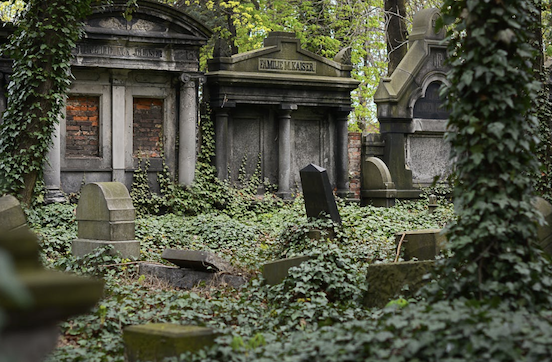Cemeteries and Their Contribution to Local History
2024.03.19
Cemeteries serve as silent narrators of past lives, historical events, and cultural norms. Through the silent stone markers that rise from the earth, a cemetery embodies the timeline of a community, telling its story across generations. The types of tombstone shapes found within these resting places can offer us profound insights into the historical and cultural landscapes of an era.

Unearthing the Significance of Tombstone Shapes
Throughout history, the evolution of tombstone designs has closely mirrored changes in architectural trends, religious beliefs, and societal attitudes towards death and remembrance. Observing the diversity of styles, we witness a direct reflection of the periods they represent, each shape conveying its own symbolism. From the stately obelisks reminiscent of Ancient Egypt to the subdued flat markers of modern times, these stones reveal much about the identity of those who lie beneath them.
The Language of Stones
In deciphering the language of tombstones, one quickly discovers that each shape and symbol carries a unique meaning. Obelisks, for instance, often symbolize a connection to the afterlife and a reverence for the ancient cultures that influenced early American burial practices. The epitaphs and emblems present on headstones further convey details about the deceased’s profession, social status, and personal beliefs, providing a narrative thread that weaves together individual stories and collective history.
Charting the Path of Time Through Grave Markers
Walking through a historic cemetery, one can chart the transition of centuries simply by observing the changes in tombstone shapes. For example, the Victorian era's fascination with death and ostentatious mourning practices is reflected in the elaborate sculptures and angelic figures that adorn many a 19th-century grave marker. Contrastingly, the minimalist trend in contemporary designs speaks to modern society's preference for simplicity and crisp, clean lines.
Resting Places as Pillars of Heritage
Cemeteries do not only mark the final resting place of individuals; they are pillars of our heritage that provide a tangible connection to those who came before us. Local history is deeply etched into the carvings and symbols found on tombstones, offering a mosaic of stories that together chronicle the journey of a community. They remind us that every individual, no matter how humble, has a role in shaping the narrative of their time.
Respectful Engagement with the Past
It is our responsibility to approach these hallowed grounds with the respect they deserve. By preserving cemeteries and their unique tombstone shapes, we uphold the legacies of generations past. As stewards of local history, we can facilitate educational tours, contribute to the maintenance of these sacred sites, and promote their value as sources of historical knowledge. In this way, we ensure that the tales of yesteryear continue to resonate with the living.
The Role of Tombstones in Storytelling
Far from being mere markers of death, tombstones provide a canvas upon which the stories of individuals are depicted for posterity. Each inscription, each worn-out image, speaks to the journey of a life once lived, the community to which they belonged, and the time in which they existed. The shapes of these tombstones are keys that unlock the doors to our shared past, allowing us to peer into the experiences that have defined our local heritage.
In conclusion, cemeteries, with their myriad tombstone shapes and inscriptions, are invaluable to understanding the rich tapestry of local history. They are silent yet potent repositories of the human narrative, offering glimpses into changing cultural norms, design preferences, and the continuity of humanity’s story. Their careful study and preservation are essential to appreciating the intricate puzzle of our shared heritage, ensuring that the lessons and lives of those who came before us are not forgotten.
More Articles
Copyright © Fooyoh.com All rights reserved.